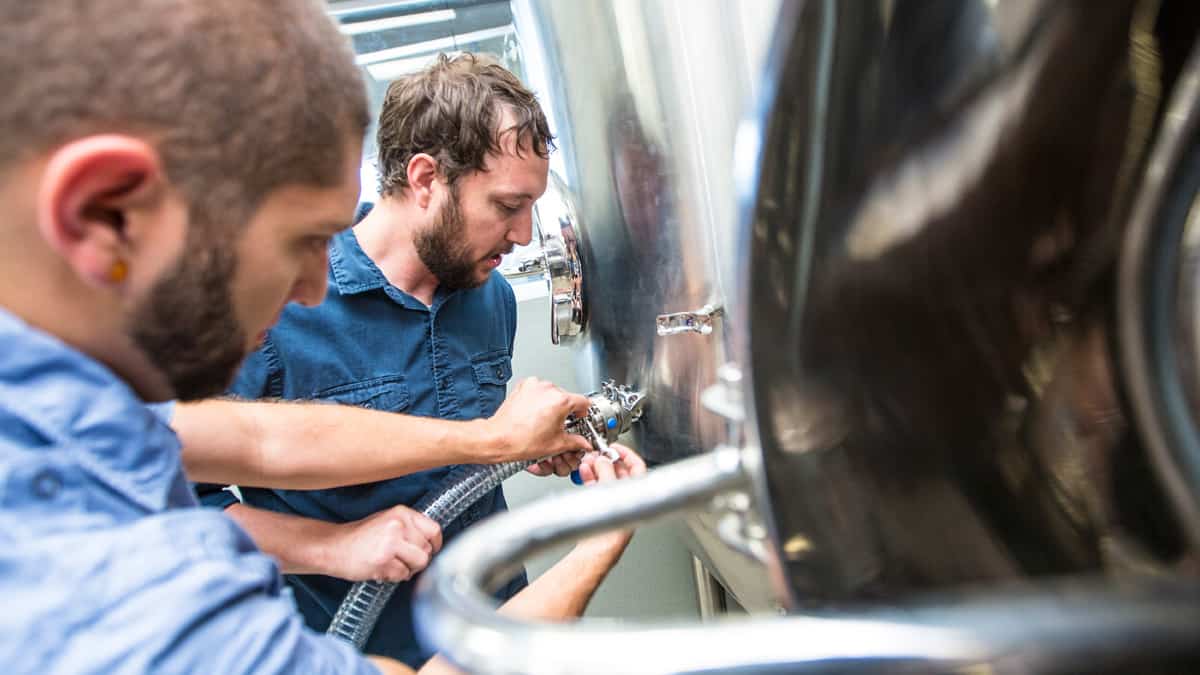How to Homebrew a Great Beer
Do you like brewing your own beer, but you’d rather share the craft with others? Read on to get tips to help you turn your homebrew hobby into a small craft brewing business.

Homebrewing may be a hobby for you on the side, but as fun as it is, it can still be transformed into a small business venture. Adam Cupples from Samuel Adams provides three helpful suggestions on how to start homebrewing.
Purchase a home-brew kit
Your home-brew kit should have simple equipment like a fermenter and bottling bucket – these are needed for keeping your yeast’s environment growing smoothly, and to simplify the process of bottling your brew. Moreover, you’ll also need basic ingredients such as hopped malt extract and no-rinse cleansers to ensure the quality of your beer’s taste. When in doubt, we always recommend consulting reference materials, like blogs or books. Adam Cupples suggests “The Complete Joy of Homebrewing,” an instructional home-brew book, with charts, recipes, and guidelines.
Think about process
Getting the first brew under your belt can be challenging, but once you get more advanced and are more familiar with the process, picking out ingredients can be really fun. A beer doesn’t have to be just the basic ingredients of hops, yeast, and grain, but it can even include flavors like chocolate, honey or herbs. Depending on your mood, the season, or personal preferences, you can experiment with different brew flavors. And remember to do the vital first step when developing a new food or beverage product: test your beer when it’s completed.
Go for quality
When purchasing ingredients for your beer, make sure you’re choosing fresh, high-quality ingredients. Also, these ingredients are sensitive, so make sure you take care of them, store them properly, and use them while they’re fresh.
Hops
With hops, it’s important to put great care into storing this delicate ingredient. Hops should ideally be stored in oxygen and light barrier bags, sealed under a vacuum and refrigerated for up to a year. Once opened, they can be stored in the freezer, but be sure their packing is sealed tightly.
Yeast
Yeast can be left in the refrigerator until a few hours before you use it, and most all yeast brands have an expiration date listed on their packaging.
Grain
Malted barley should be stored at temperatures of 50-70 degrees Fahrenheit. It’s also important to protect from moisture, so you should store your grain in airtight, dry containers or plastic, sealable bags for long-term storage. Uncrushed grain can last for a year in these conditions, but crushed grains will store like this for only 2-3 months.
Malt syrup or dry malt extract
Dry malt extract can last for up to one year if it is stored like grains, dry, sealed, and between 50-70 degrees Fahrenheit. Liquid malt syrup is easiest to store in its original can for up to two years, so the syrup is protected from light and oxygen. Opened or bulk liquid syrup have a shorter shelf life of typically 3 months, and requires refrigeration.
In the words of Brew Your Own magazine, “The three big enemies of your ingredients are heat, light, and oxygen.”









